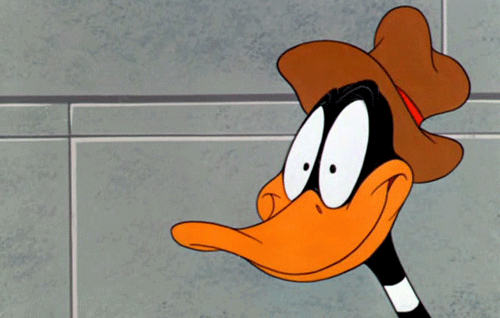
As display ad prices continue to sink, publishers are turning to video to pick up the slack, even within articles.
Publishers like Slate and Reuters are stuffing video ads inside articles. The units, dubbed Teads inRead, are tied to scroll behavior, activating only when readers scroll past them. In other words, the ads give publishers all the benefits of video CPMs without the pressure to create actual video inventory. They’re also inherently viewable, which also gives the publishers using them an edge as buyers demand more viewable ads.
“Like other premium publishers, we’re often sold out of pre-roll and we spend a lot of time thinking about additional ways to activate through video,” said Slate associate publisher Anthony DeMaio.
A typical video ad comes with a CPM that hovers around $20, much higher than rates for display ads. And there’s demand on the buy side as well, as big brands are increasingly looking for premium video inventory to advertise against.
Jeff Perkins, account director at Reuters said that running the ads helped broaden the sites advertising mix, letting it start talks with the sorts of travel, auto and luxury retailers that they won’t have been able to talk to otherwise.
While the inRead ads have been around since 2012, scroll-based autoplay video ads have become the new normal site on the Web. Facebook, for example, has pushed the format heavily on its site and mobile app. And the approach has been successful so far: Facebook said that users view over a billion ads a day, and agencies like MEC say that the auto play ads generate 5 to 6 percent higher engagement than non-video ads.
But while autoplay video ads make sense on the revenue side, the jury’s still out on how good they are for the reading experience. Autoplay ads, particularly those that include sound, are notorious for annoying users, which can only mean bad things for both the brands and publishers using them. In the case with Facebook, autoplay video ads ate up users’ mobile data.
And buyers aren’t entirely in favor of the format, either. “The only tolerable autoplay video ads are the ones with the audio muted by default,” said Josh Engroff, chief digital media officer at The Media Kitchen.
Engroff said advertisers love video for all the obvious reasons: it’s flashy, gets attention and can be entertaining done right. The problems with the format pop up when publishers go too far down the rabbit hole, plugging in video ads that play automatically, or worse, play automatically with sound.
So far, the publishers using autoplay video ads don’t seem too eager to make life difficult for their readers. Both Reuters and Slate mute their autoplay ads by default, only playing the audio when users mouse over the ads for three seconds.
“Readers are essentially ‘raising their hands,’ to engage with the ad,” said Demaio. “If they aren’t interested, they just continue moving down the page.”
Perkins said that the fact that the readers can skip the autoplay ads if they want to made the ads a better sell for the site’s editors. “It’s less intrusive than the pre-roll video experience where you have to watch the clock countdown from 15 seconds before you can view your content,” he said. “That isn’t a great experience for the user or the advertiser.”
More in Media

No playbook, just pressure: Publishers eye the rise of agentic browsers
For the bulk of publishers, Google is, as ever, the one to watch. It’s already got agentic features within its Chrome browser, but that’s the tip of the iceberg, some say.

The biggest SEO lessons in 2025 for publishers
KPIs are changing, more AI search data is becoming available, and publishers are looking beyond search to grow their audiences and revenue.

Digiday’s comprehensive guide to what’s in and out for publishers in 2026
Adaptability stopped being a nice-to-have for publishers years ago; it became a survival skill. Here’s a look at Digiday’s guide to what’s in and out for 2026.






